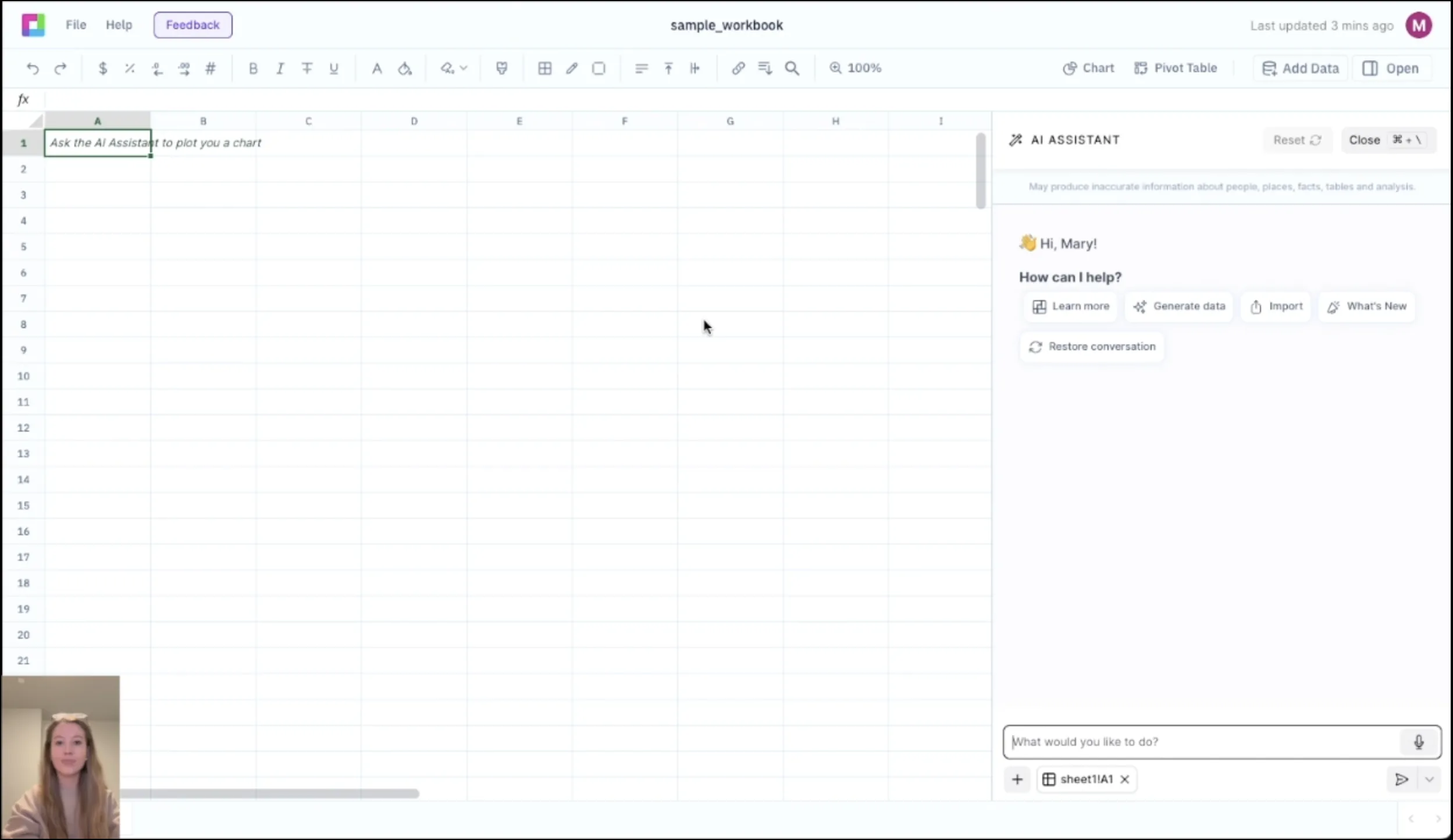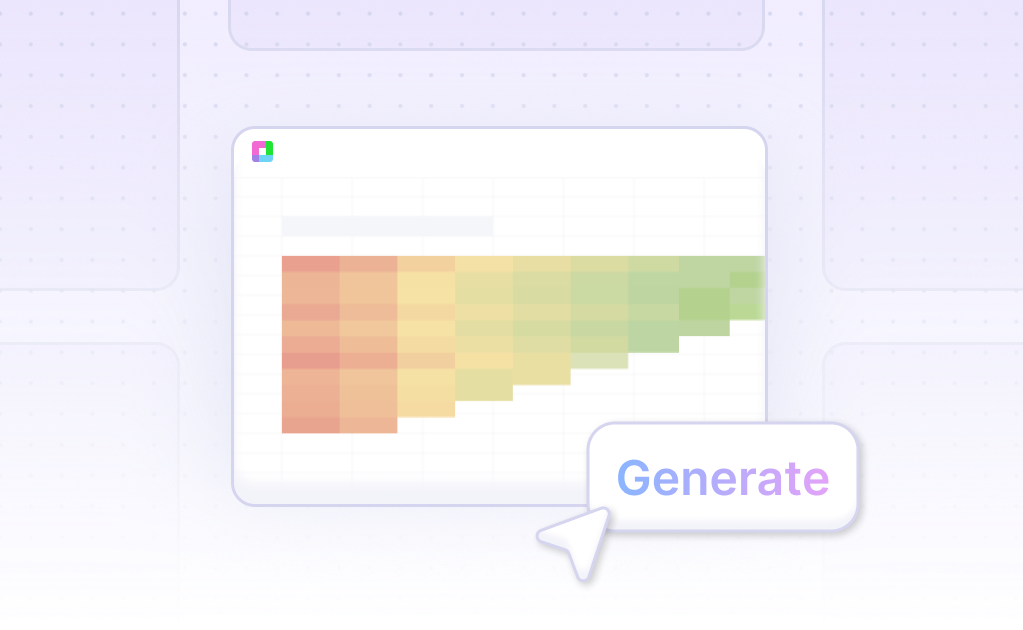
Value Companies Using Market Benchmarks
Comparable company analysis provides market-based valuations by comparing companies to similar publicly traded peers. Our Comparable Company Analysis template delivers professional tools to identify relevant peers, calculate trading multiples, and determine fair market valuations.
From peer selection to multiple calculations, apply rigorous relative valuation methodologies used by investment banks and institutional investors. Built for analysts, investors, and corporate development professionals, this template ensures your valuations reflect current market conditions.
Systematic Peer Group Selection
Industry & Business Model Screening
Identify companies with similar business models, revenue streams, and industry exposure. Screen by SIC codes, business descriptions, and operational characteristics to ensure meaningful comparisons.
Size & Scale Comparisons
Filter companies by revenue size, market capitalization, and geographic scope. Ensure peer companies are of similar scale and operational complexity to avoid misleading comparisons.
Growth & Profitability Profiles
Compare growth rates, profitability metrics, and operational efficiency to identify truly comparable companies. Analyze historical performance and future prospects for peer validation.
Financial Metrics Alignment
Evaluate financial characteristics including leverage, capital intensity, and cash generation patterns. Select peers with similar capital structures and business economics.
Comprehensive Multiple Analysis
Trading Multiple Calculations
Calculate key trading multiples including P/E, EV/EBITDA, EV/Revenue, and P/B ratios. Include both trailing and forward-looking multiples based on analyst estimates and company guidance.
Industry-Specific Metrics
Apply industry-specific multiples such as EV/EBITDAR for airlines, Price/AUM for asset managers, and P/TBV for banks. Customize analysis for sector-specific value drivers and operational metrics.
Statistical Analysis
Perform statistical analysis of peer multiples including mean, median, and quartile ranges. Identify outliers and adjust for one-time factors that distort comparability.
Valuation Range Determination
Establish valuation ranges using different percentiles of peer multiples. Apply appropriate multiples to your target company's financial metrics to derive market-based valuations.
Frequently Asked Questions
How many comparable companies should I include?
The template typically includes 8-15 comparable companies to provide meaningful statistical analysis while maintaining quality. It's better to have fewer high-quality comps than many marginal ones.
Should I use trailing or forward multiples?
The template uses both trailing twelve months (TTM) and forward multiples. Forward multiples are often more relevant for valuation but depend on the quality of analyst estimates and company guidance.
How do I handle companies with negative earnings?
The template provides alternative metrics like EV/Revenue, P/B, and EV/EBITDA for companies with negative earnings. It also includes guidance on using PEG ratios and other growth-adjusted metrics.
Can it adjust for different fiscal year-ends?
Yes, the template includes adjustments for different fiscal year-ends and seasonal variations. It normalizes financial data to ensure meaningful comparisons across peer companies.
How does it handle international companies?
The template includes currency conversion tools and adjustments for different accounting standards (GAAP vs. IFRS). It also considers country-specific risk factors and market conditions.
Related Valuation Tools
Connect your most-used data sources and tools to Sourcetable for seamless analysis.
Frequently Asked Questions
If you question is not covered here, you can contact our team.
Contact Us





